I recently wrote that I’m in the middle of testing out Ibex’s full suspension trail bike, the Asta Pro. When I was talking with Ibex about the possibility of doing a bike review, they asked which bike I was interested in trying out, and the one I requested, the bike I was most eager to ride, was the Maroc 29er. The Asta Pro was sort of an “opening act,” if you will. The Maroc 29er is the headliner!
Ibex Maroc above the Horsetooth Reservoir in Fort Collins, CO
What had me so excited about this rig? Here are the highlights:
- 29er
- Carbon fiber frame
- SRAM X9 build
- 2×10 drivetrain
- 100mm fork
- $2,479.99
I knew this bike was light, but I was uncertain of its actual weight until after I put it on the scale myself.
Real weight (with pedals) = 24.82 pounds. Nice!
Unboxing
The Maroc came well protected in its shipping box:
Like the Asta Pro, the Maroc came with a number of thoughtful “extras” that many companies wouldn’t normally include:
Since this frame is naked carbon fiber, there wasn’t any frame paint, but Ibex still included a nice multi tool, pedal wrench, and pedals. However, I did find it interesting that the $2,500 Maroc came with a pair of plastic flat pedals while the $1,900 Asta Pro came with Wellgo clipless pedals.
Just finished with the build.
I totally dig all of the red X9 accents!
A Couple of Issues
Chain Stays
Right away I noticed the rear tire clearance between the chain stays is very tight. The Maroc is currently spec’ed with WTB Wolverine 2.2″ tires front and back, but the trouble is this tire rubs in the chain stays, right out of the box. Ibex is aware of this, however, and threw in a WTB Nano 2.1″ tire for the rear. These photos will show you how tight the clearance is even with this lower-profile tire:
While the clearance is very low, I haven’t had any issues since I installed the Nano. I left the 2.2″ Wolverine on up front for maximum grip, and this tire combination has worked superbly everywhere I’ve ridden.
Fork
Secondly, right after I finished assembling the bike I gave the fork the standard push test, just to feel the delicious slide of the Reba. However, this standard “test” that we all “perform” just because suspension feels cool actually revealed an issue this time, as the seal on the left side of the fork slid all the way up the stanchion. I pressed it firmly back into place, and just crossed my fingers, hoping everything would be OK… but it wasn’t.
Just a couple minutes after I got it out on the trail I discovered that the fork was not performing properly when the stanchions compressed all the way into the main fork body and refused to rebound, and I was riding metal-on-metal. Yes, it really did take someone with my exceedingly gifted mechanical expertise to realize that there was a problem here. 😉
The beauty of buying a bicycle from a company the size of Ibex is that they are very easy to contact and work with, despite the fact that distribution is internet-only. Ibex is only a phone call or email away, so I got on the horn with them right away to straighten out the issue. Since they are based out of nearby Atlanta, I was able to meet up with them the next day and get a new fork–excellent!
The new fork has performed perfectly–I haven’t had a single issue with it.
I think the most important takeaway from this experience is to realize that while you may be buying your bike off of the internet, Ibex is serious about providing a quality product as well as quality customer service.
Upper Loop, Crested Butte, CO
On the Trail
I have put almost 150 miles on the Maroc already, most of them in the mountains around Crested Butte, CO. While I want to put about 300-400 miles on this bike before I write my final review, I do have a couple of quick thoughts from my experience on the Maroc so far:
- This bike is fast! I definitely appreciate the weight savings from the carbon fiber frame and all of the other lightweight components such as the carbon bars and seat post. If you have money to upgrade, a tubeless conversion (such as dgaddis’s Ghetto Tubeless setup) could drop a pound or so, and a high-end wheelset could drop 1 – 1.5 pounds. All of that weight loss would be rotational weight, which we all know is the best place to shed weight on a bicycle. Pretty quickly you could be looking at a 22 pound mountain bike. And if you continued to upgrade… who knows!
- It feels pretty nimble for a big-wheeled bike. I love to just jam this rig in and out of corners as I mach through the singletrack. For my build, the cockpit is a very comfortable balance between a relaxed posture and an aggressive XC racing stance.
- I can truly feel the damping effect of the carbon frame, especially when pounding through a bunch of small obstacles such as breaking bumps.
- I really appreciate the forgiveness of a 100mm fork versus an 80mm fork. It seems like many manufacturers of 29er hardtails are divided on whether they should spec an 80 or a 100. My vote is definitely the 100. I got into many hairy situations during my trip to the Rockies where a shorter-travel fork may have meant a nasty trip over the handlebars.
- I’m a big 2×10 fan, but the combination of the lack of oxygen in Crested Butte and the lack of a few gears on the lower end of my drivetrain forced me to get off and walk at times. But on my home turf at least, 2×10 is the way to go!
Dyke Trail, Crested Butte, CO
In summary, the Maroc has many of the factors that I think make for an amazing hardtail 29er. The carbon fiber frame, 2×10 drivetrain, 100 mm fork, and other components all combine to create a mountain bike that I am having a hard time putting down! I don’t want to think about the sad day when I’m supposed to give this bike back… I may have to pack the truck, grab the Maroc, and head for the border!
Many thanks to Ibex Bicycles for providing the Maroc 29er for review.




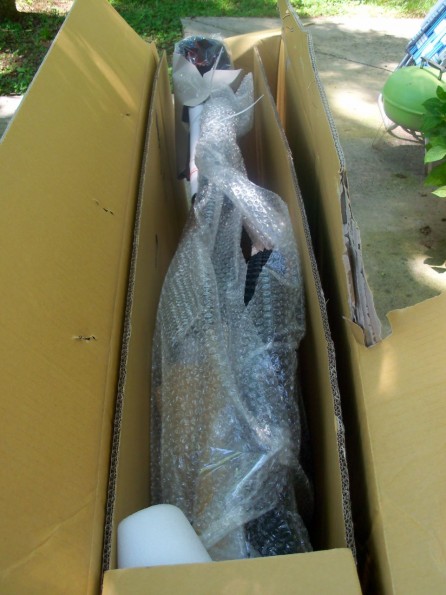
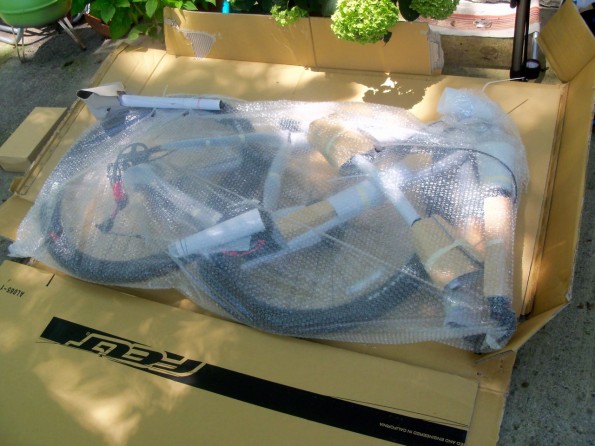
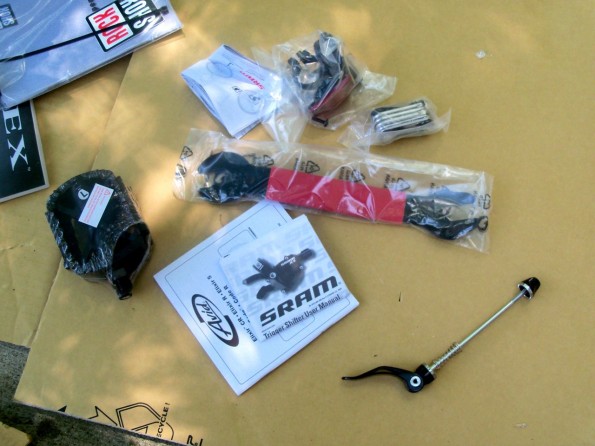
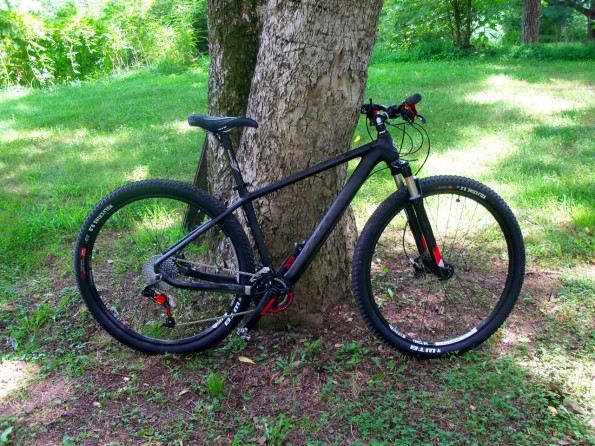
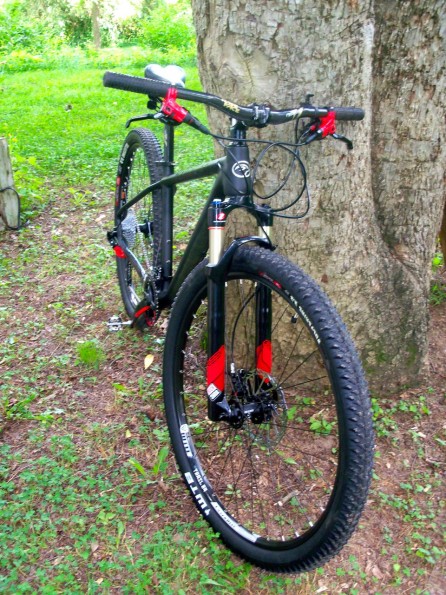
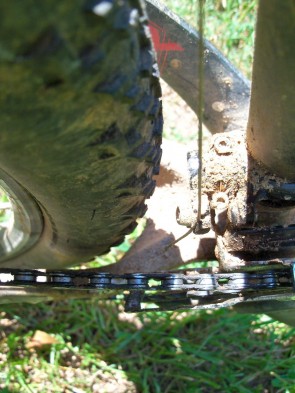
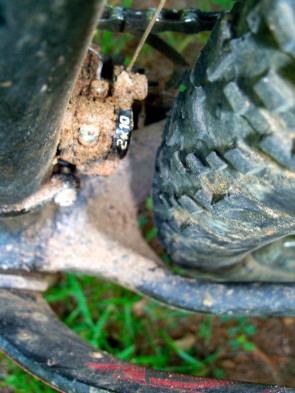
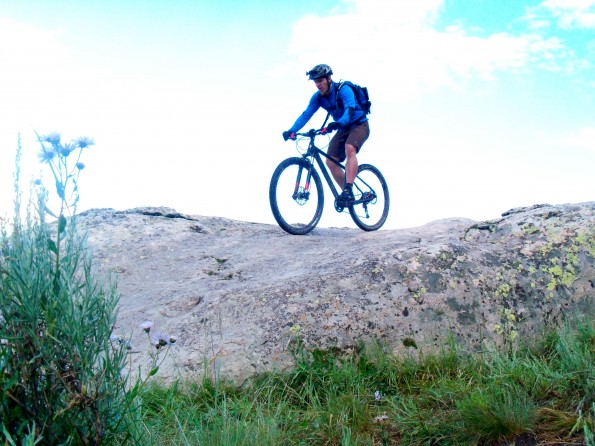
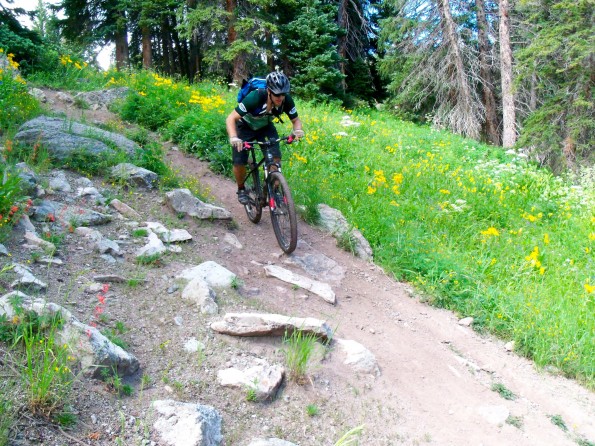






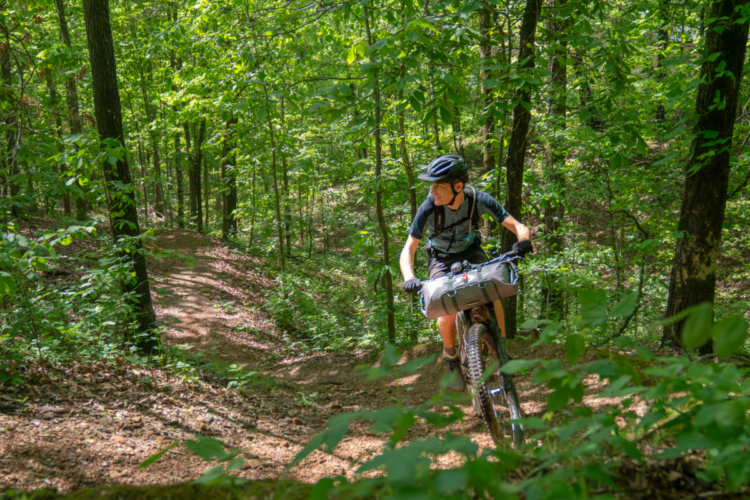
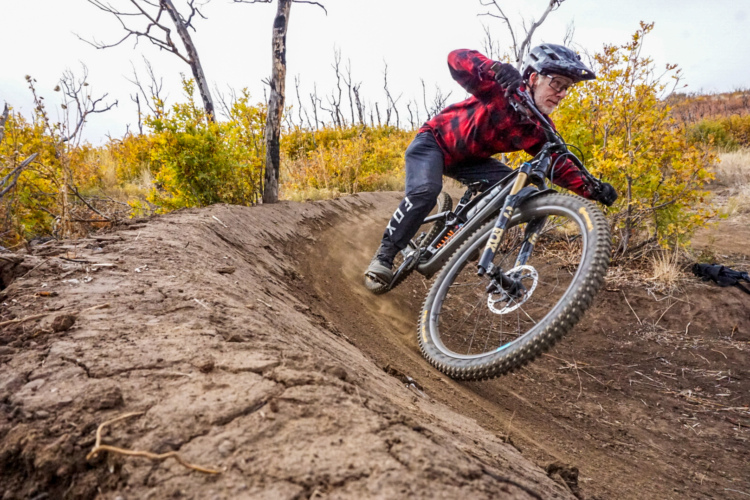

12 Comments
Sep 1, 2011
Oh yes, 2x10 is genius!! I do like having the lower gears from a 3x9 or 10 on a more aggressive FS trail or AM bike, though.
@ghand1, Thanks for the clarification!
Sep 1, 2011
Sep 1, 2011
Sep 1, 2011
Aug 31, 2011
Aug 31, 2011
It's also worth mentioning the 69.5° head angle. (70° on medium and large) The 72° head angle on the Focus 29er hardtail that I'm testing is great for climbing, but it's nerve wracking on steep technical downhill. The big front wheel definitely helps, but you still have to pay attention at all times to stay on the correct side of the bars.
The slacker angle on yours should make for a nice compromise between an all out race bike and a comfortable trail bike.
Aug 31, 2011
Sep 1, 2011
Aug 31, 2011
Have you noticed how you can use the whole cassette from either chainring without "crossing" your chain? Brilliant!
I don't think I'll ever go back to a 3x9 at this point, even on a 26er.
Aug 31, 2011
I definitely do not think that you should dismiss this bike outright just because of narrowish chainstays. In all of the time I've spent on this bike so far, I haven't had a single issue with the rear tire clearance with the 2.1" Nano installed.
Aug 31, 2011
The issue with the rear chainstays is unfortunate but shouldn't be a deal breaker. Better to have a fat tire up front and the skinnier one in the rear anyway. How wide can you go on the Reba?
Aug 31, 2011